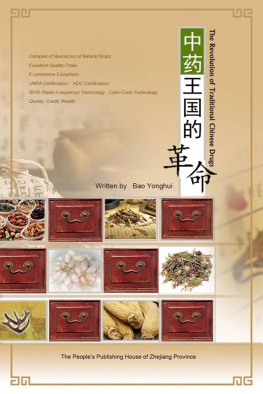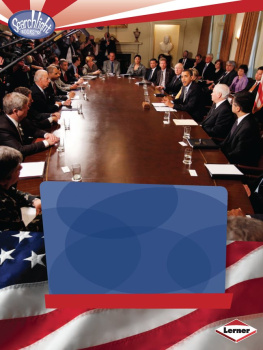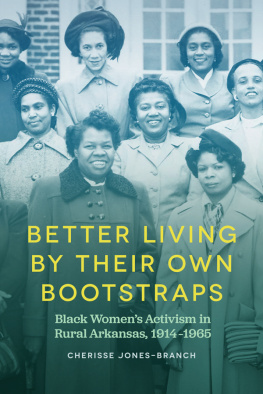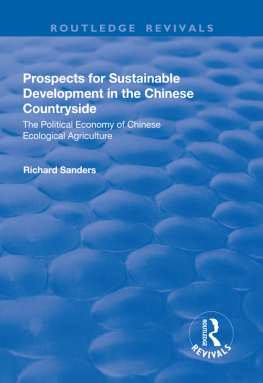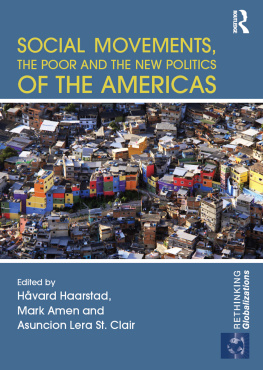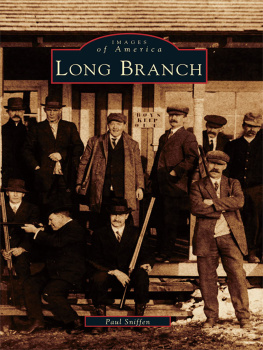Bao Yonghui, senior reporter of Xinhua News Agency, born in July 1962 in the city of Shijiazhuang, Hebei Province, worked in Hebei Branch of Xinhua News Agency after graduation from Department of Chinese of Hebei University in 1984. Then he was transferred to Jiangsu Branch of Xinhua News Agency for work in 1997. Since then, he has successively served as director of the rural department, director of the commercial and industrial department, deputy chief editor, president of the sub-branch of Northern Jiangsu Province and assistant to the president.
He has long been committed to the report and research of "agriculture, farmer and rural area" and regional economic competitiveness. Dozens of manuscripts by him have attracted the attention of the high-level personages of the central government and aroused a strong social reaction. He has written China Political Reform: Political history of Ten Years with a Chinese Party Secretary, Dark Horse Nantong History as a mirror for the Rise of a City and so on. With a circulation of more than 200,000 volumes, China Political Reform: Political history of Ten Years with a Chinese Party Secretary has become the best-selling political book in China.
Preface Ren Dequan
Ren Dequan:

Former deputy director of State Administration of Traditional Chinese Medicine, and deputy director of State Food and Drug Administration
First, I would like to express my sincere congratulation on the ceremonious opening of Nanjing Tongrentang Green Gold Online Medicinal Materials Exchange, China, which is an epoch-making joyful event. I believe that this will leave a mark in the circulation history of Chinese medicinal materials.
Chinese medicinal materials have been circulating in China for several thousand years. China went through a long-term feudal society. As we all know, the closed small-scale peasant economy was the main body of the economy of the feudal society: a self-sufficient economy under which men did farm work and women engaged in spinning. However, several commodities, including salt, silk and Chinese medicinal materials were circulated on a large scale. Different Chinese medicinal materials in a prescription often come from different parts of China: angelica from Minxian County in Gansu Province; medlar from Zhongning in Ningxia Hui Autonomous Region, Ligusticum wallichii from Pengxian County in Sichuan Province, and Thunberg from Xiangshan and Yinxian County in Zhejiang Province. In Treatise on Febrile and Miscellaneous Diseases by Zhang Zhongjing, no prescription was based on medicinal materials from only one place or was used by people in that place only. Therefore, Chinese medicinal materials began to be circulated on a large scale as early as several thousand years ago. As an important part of traditional Chinese merchants, merchants of Chinese medicinal materials travelled among various Chinese cities, towns and villages, penetrating into people's daily life. At the same time, the culture of traditional Chinese medicine came into being. A lot of stories and human characters in Chinese cultural legends have something to do with traditional Chinese medicine. For example, Xu Xian in The Legend of the White Snake was a buddy in a herbal medicine shop. Ximen Qing in Water Margin and Golden Lotus was the boss of a herbal medicine shop in Linqing County in Shandong Province.
During the large-scale circulation of several thousand years, Anguo, Bozhou, Zhangshu, Baiquan and Yuzhou gradually became well-known markets of traditional Chinese medicine in China. Since the transport was very inconvenient at that time, all those who were able to come to these markets were the most powerful merchants who were capable of collecting and controlling local authentic medicinal materials in different regions in China. They brought their local authentic medicinal materials and exchanged them with other authentic medicinal materials brought by other medicine merchants from other regions. In this way, these medicine markets became national distribution centers of medicinal materials. As an extant ancient building in Bozhou, "Huaxi Tower" (former "Shanshan Guild-Hall") was a very exquisite and luxurious building which was built jointly by medicine merchants from Shanxi Province and Shannxi Province. With a theatrical stage in it, it was a place for medicine merchants from Shanxi Province and Shannxi Province to entertain and meet medicine merchants from other Chinese provinces. According to a historical record, there were as many as 30 guild-halls in Bozhou built by medicine merchants from various Chinese provinces. At that time, only local authentic medicinal materials were admitted into medicine markets. Inauthentic ones were not only undesirable, but also subject to severe punishment because of infringing upon the interests of authentic medicine merchants. Therefore, in the circulation history of Chinese medicinal materials, these large medicine markets not only promoted the large-scale exchanges and circulation, but also ensured quality and upheld authenticity.
The traditional market trading mode of medicinal materials has been going on for several thousand years. In a word, it means that human flow triggers logistics. However, in the past more than 30 years, an earthshaking change has taken place in the industry of traditional Chinese medicine, which has transitioned from the small-scale production of manual workshops to the standardized mass-production of modern industry. Each of the top ten enterprises of Chinese medicinal materials has a production scale of more than 2 billion yuan (RMB). However, the modernized development of agricultural production and commercial circulation of Chinese medicinal materials relatively lags behind. In recent years, Chinese medicinal materials have witnessed a sharp price fluctuation and a serious quality problem, which should, in the final analysis, be attributed to the contradiction between the backward small-scale peasant economy of Chinese medicinal materials and the backward circulation type of Chinese medicinal materials under market transaction on the one hand and the modernized industrial mass-production of Chinese medicinal materials on the other hand. In the present age of information technology, the core feature of modern large-scale circulation is "information flow triggers logistics". E-commerce, electronic-trading and futures-trading are all modern trading types. In order to enhance the circulation efficiency, raise market transparency, ensure the quality and maintain the stable and reasonable prices of medicinal materials, we must explore modern transaction types, and realize the transformation of the circulation model of Chinese medicinal materials. The modernization of the circulation of Chinese medicinal materials is a gradual process, which involves constant exploration, bold practice and courageous innovation for advancement.

